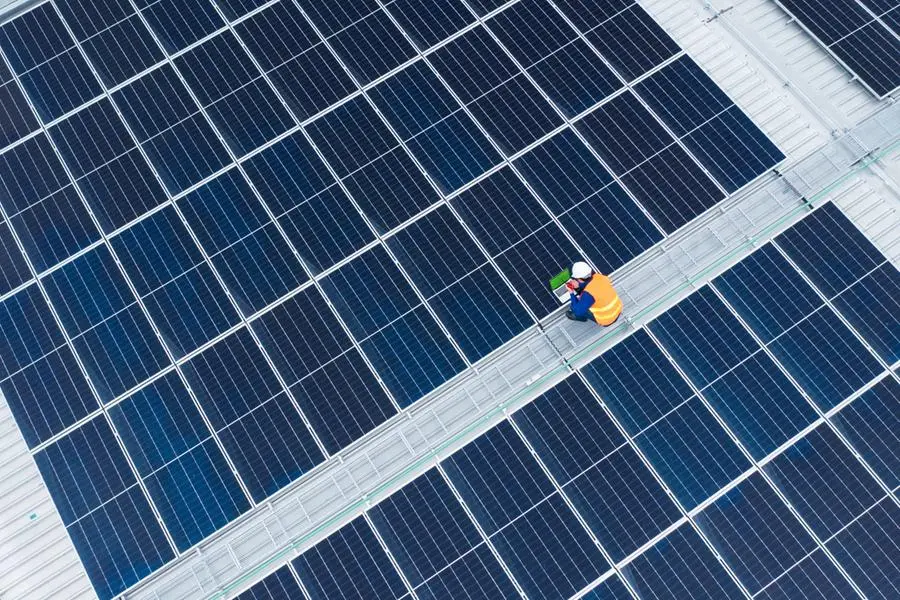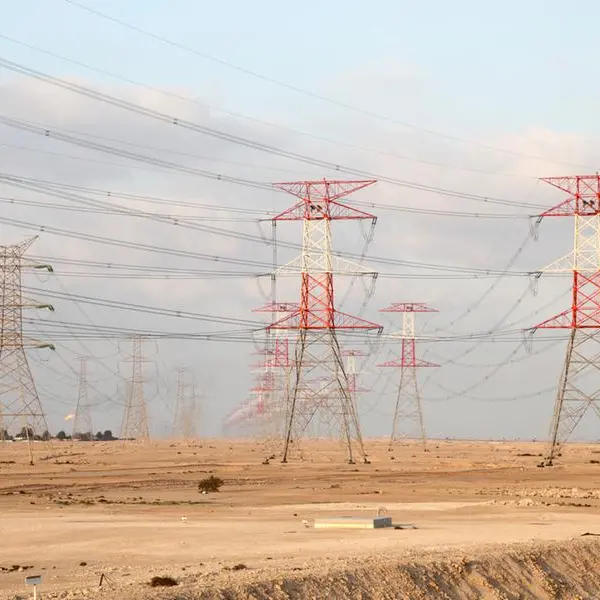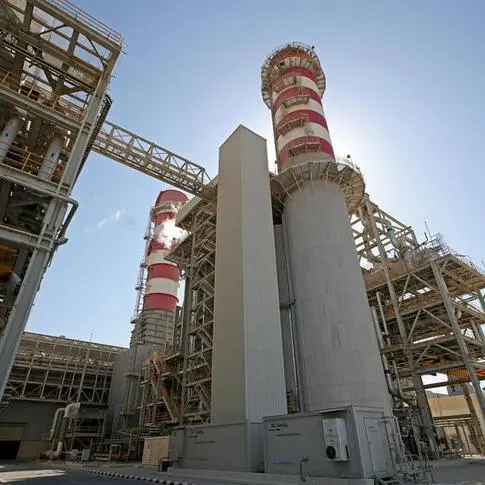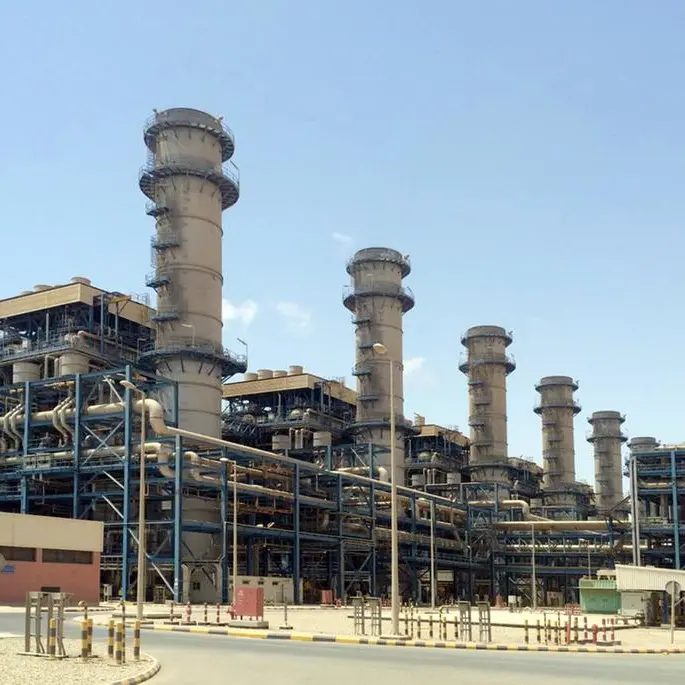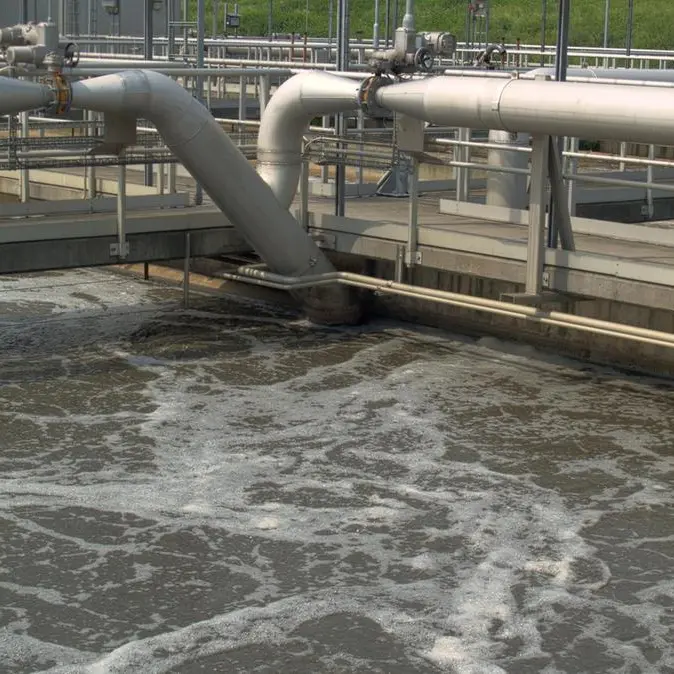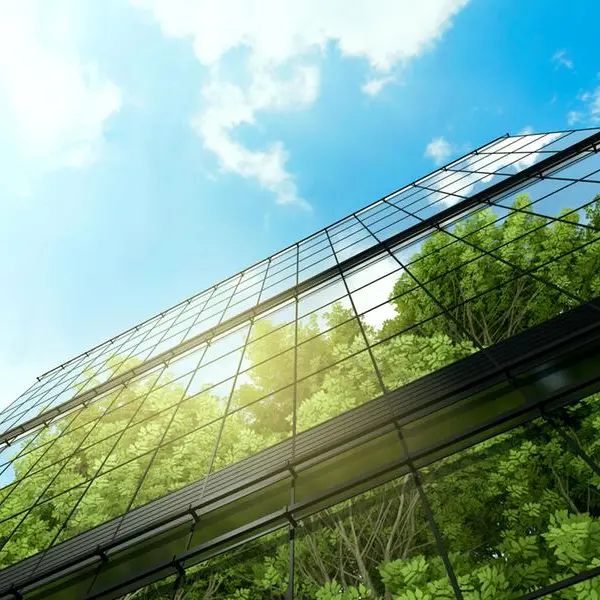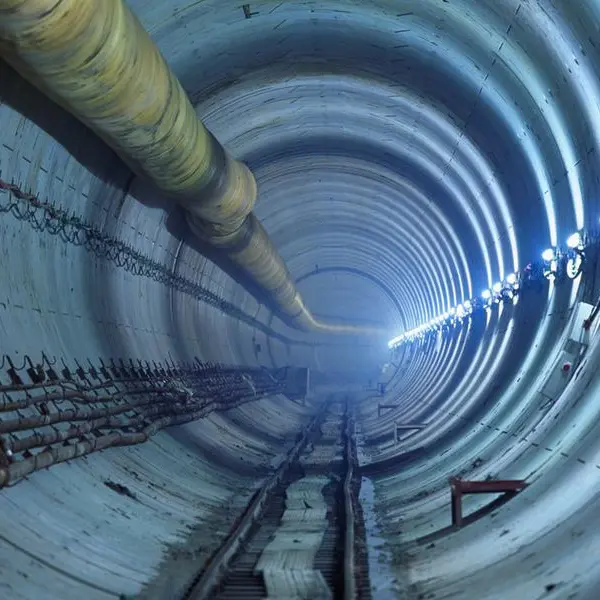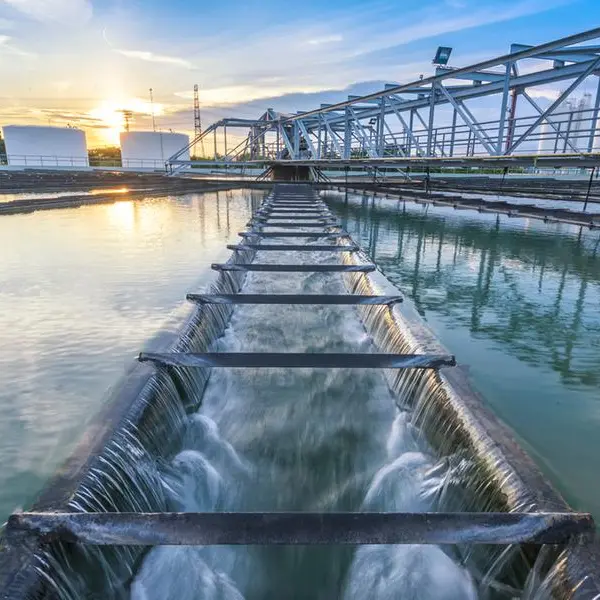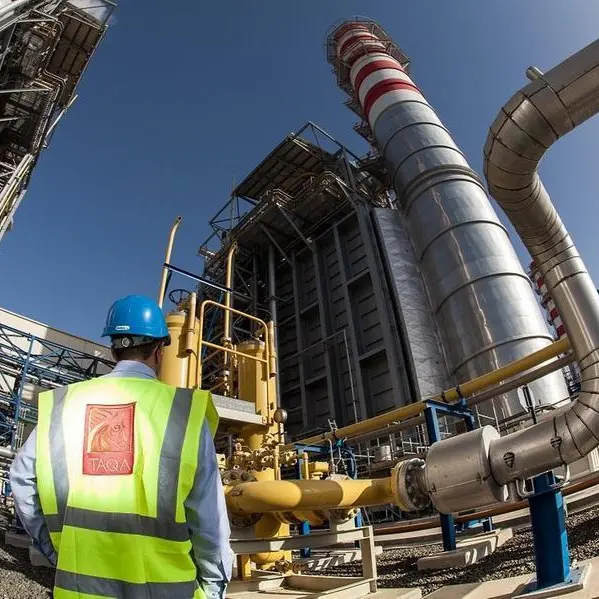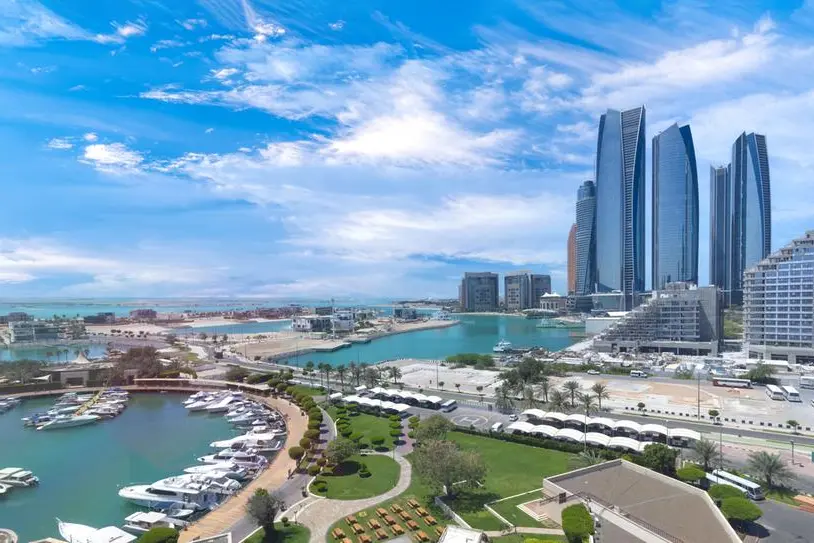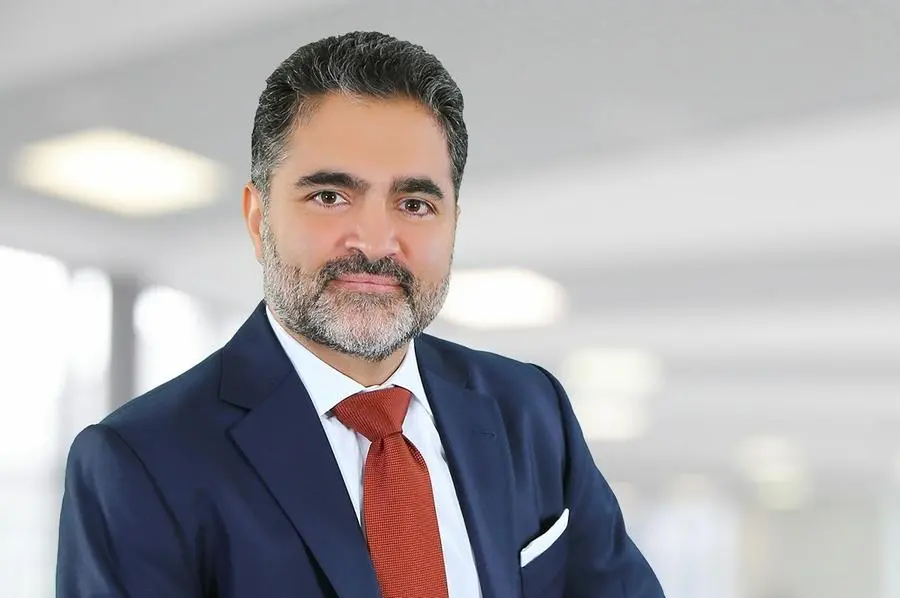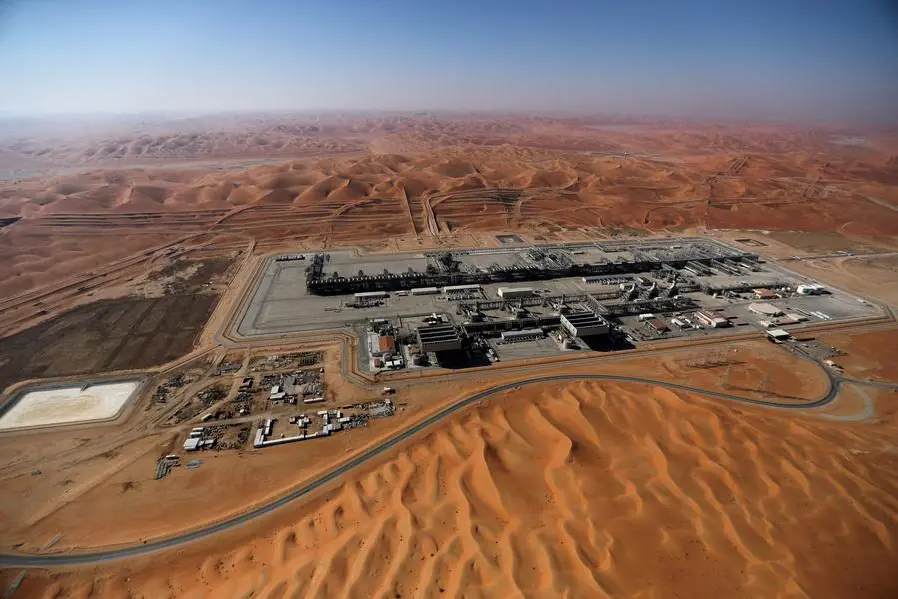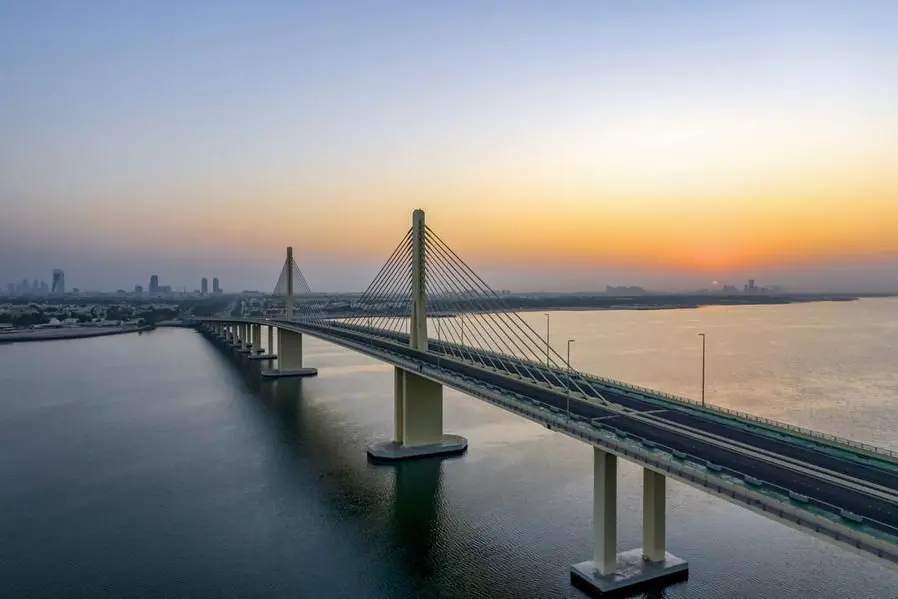PHOTO
High Angle View of Engineer with laptop and radio communication working on solar panels. Getty Images Image used for illustrative purpose.
The MENA region’s low-carbon energy sector is witnessing accelerated project activity with a pipeline valued at $257 billion by 2030 and pre-FEED stage projects making up around 71 percent of total by net value, according to APRICORP’s latest report.
The sectors include renewables (solar PV, wind, hydro), hydrogen, nuclear and waste-to-energy. Solar PV leads with a 50 percent share by project value in terms of planned and committed project investments followed by hydrogen at 21 percent, nuclear at 14 percent, wind at 10 percent, and hydropower and waste-to-energy projects together constituting 5 percent of total projects by value.
On a MENA regional level, low-carbon energy projects are mostly concentrated in North Africa garnering 59 percent share, followed by the 38 percent in the GCC, and 4 percent in the Levant by project value.
Mobilising sustainable finance
Energy transition is prompting the largest global capital deployment since World War II and private equity flow into the sector has passed $750 billion yet outside developed economies, deployment is still slow and hesitant despite favourable government policies, the report noted, citing lack of needed clarity on green energy regulations and high uncertainties in the macro and industry outlook as reasons.
“Crowded competition for green/clean energy investments has hence inflated asset valuations due to the willingness of international investors to accept lower Return on investments (ROI) on green projects, which discouraged smaller regional investors from competing on new projects”, the report noted.
Key findings of the report:
• Approximately 45 percent of MENA power sector investments for 2022-2026 are in renewable energy.
• MENA green and sustainability debt issuance reached $18.64 billion in 2021, up from $4.5 billion in 2020.
• MENA’s green finance market is moving towards mainstream, with total issuance growing by a staggering 122 percent in 2021 on a year-on-year basis.
• Green and Sustainable Sukuk issuances continued their growth in 2021 with a 17.2 percent year on year increase and the trend is poised to continue in 2022. MENA’s most notable issuance for 2021 was ISDB’s (Islamic Development Bank) $2.5 billion Sustainability Sukuk in March, which is also its biggest dollar denominated public issuance to date.
• MENA Energy investments –including renewables and clean energy– will continue to grow in 2023 banking on high oil and gas windfall.
• By 2050, the region could be able to supply around 20 percent of global hydrogen market.
• The share of private sector investments in MENA’s committed and planned projects for 2022-2026 increased to 30 percent from 27 percent in 2021-2025.
• 2022 is seeing a sudden fall in developed countries’ green finance due to severe deterioration in global macro conditions and the energy crisis exacerbated by the Ukraine war.
• Regional privatisation drive to continue in 2023, with increased Public Private Partnerships (PPP) and Initial Public Offerings (IPO). Regional energy players will continue to unlock value from their hydrocarbon assets while targeting synergies through PPPs in new energy technologies like hydrogen, ammonia and Carbon Capture Utilisation and Storage.
• $25 trillion additional capital to be mobilised in global sustainable finance market by 2030. In 2021, Multilateral Development Banks increased their climate-related financing by 24 percent to $81 billion, out of which $52 billion went to low and mid-income nations. In 2020 and 2021 the MENA region witnessed milestone achievements for regional banks –including APICORP– in terms of ESG and Sustainability.
According to ESCWA (United Nations Economic and Social Commission for Western Asia), the costed climate financing needs for MENA Arab countries tops $570 billion, of which Egypt, Iraq and Morocco alone account for $425 billion, and hence a chronic shortage exists. There are possible ways of accelerating the deployment of climate funds from supranational, public, and private sources, the report noted.
(Writing by Sowmya Sundar; Editing by Anoop Menon)
